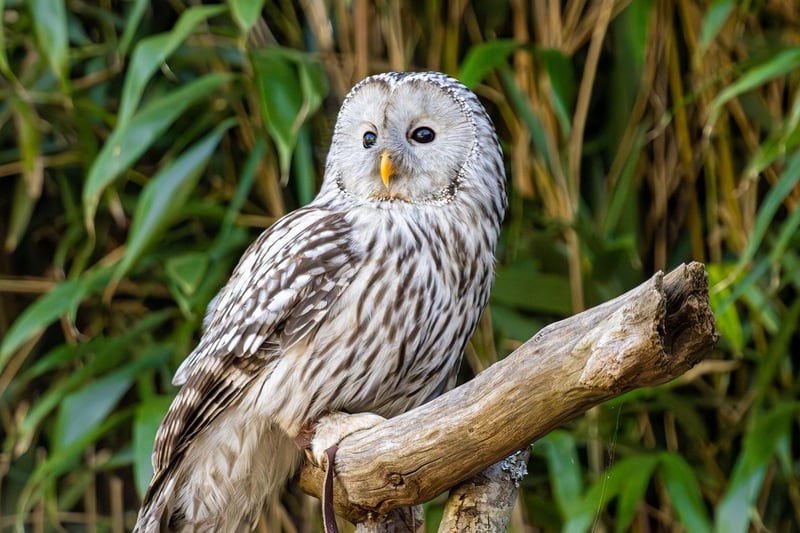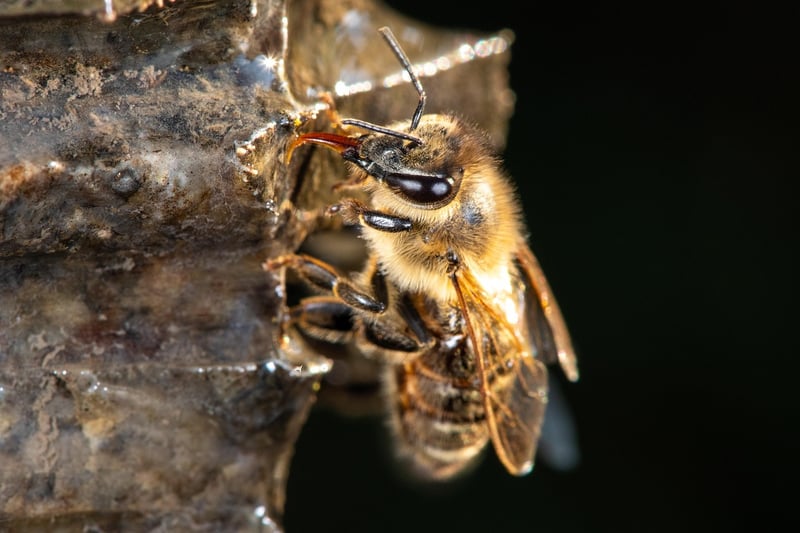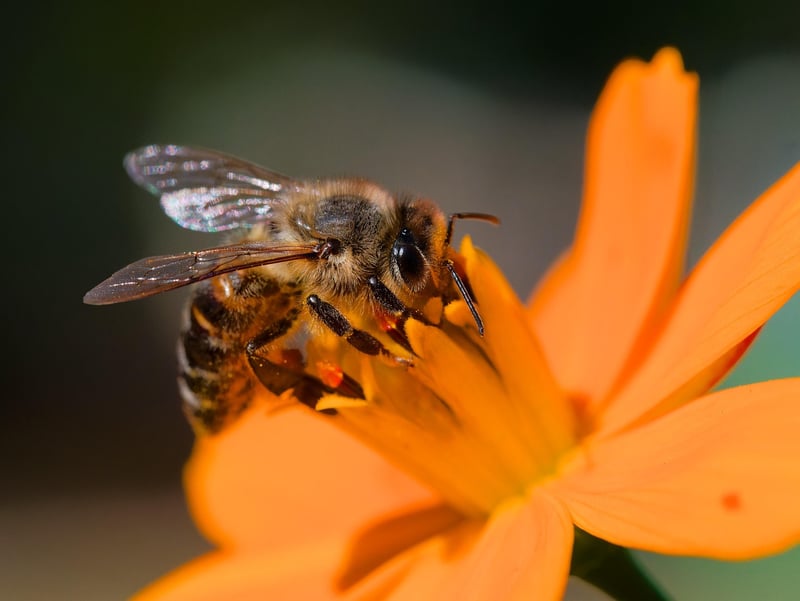Pollinator Plants
Creating Habitats for Urban Animals and the Importance of Pollinator Plants

Urban areas are not just home to humans but also to a variety of wildlife. As cities grow and expand, it is essential to consider the impact on urban animals and provide habitats to support their survival. Creating green spaces within cities can help mitigate the loss of natural habitats and provide refuge for birds, insects, and other creatures.
Benefits of Urban Habitats for Wildlife:
- Support biodiversity in urban areas
- Improve air quality
- Provide food and shelter for various species
- Create opportunities for wildlife observation and education
How to Create Urban Habitats:
- Plant native trees, shrubs, and flowers
- Install bird feeders and birdhouses
- Provide water sources like birdbaths or ponds
- Minimize pesticide and herbicide use
- Leave wild areas in your garden for wildlife to thrive

The Role of Pollinator Plants:
Pollinators, such as bees, butterflies, and birds, play a crucial role in our ecosystem by helping plants reproduce. By planting pollinator-friendly flowers in urban gardens, you can support these essential creatures and promote a healthy environment.
Top Pollinator Plants for Urban Gardens:
- Lavender
- Sunflowers
- Butterfly Bush
- Salvia
- Coneflowers
Creating habitats for urban animals and incorporating pollinator plants in your garden not only benefits wildlife but also contributes to a greener, more sustainable urban environment. Start small by planting a few pollinator-friendly flowers and gradually expand your urban oasis to welcome a diverse range of creatures.
Remember, every little effort counts when it comes to creating a harmonious coexistence between humans and urban wildlife!
